Medicinal properties of aloe, its use, indications and contraindications
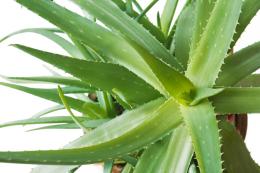
Very often on window sills in houses and apartments you can see a plant with narrow fleshy leaves from the genus Aloe. The medicinal properties of aloe were known not only to our mothers, but also to our grandmothers and great-grandmothers. Such properties has aloe vera. In everyday life it is called agave. Let's try to understand the features of this plant.
Content:
- Brief description of the plant and chemical composition of the leaves
- Indications for use, contraindications
- Homemade aloe recipes
Brief description of the plant and chemical composition of the leaves
Aloe arborescens grows wild and is found everywhere on the African continent. The regions of natural distribution of agave are southern Africa, countries such as Zimbabwe, South Africa, and Mozambique. The life form of the plant is a tree-like succulent shrub, the height of which can be up to 2 meters or even more. The leaves are dense, narrow with a spinous edge. Sheet thickness is about 15 mm.
The bases of the leaf blades cover the stem. The leaves taper towards the top. In wild conditions, the thickness of aloe trunks can be up to 30 m in diameter. The plant is ideally suited for life in rocky deserts and semi-deserts, which is probably why the most beneficial juice accumulates in its leaves.
In some countries with warm and humid climates, the plant is grown as a medicinal raw material. Aloe leaves contain a unique composition of beneficial substances.
First of all, these are B vitamins, as well as vitamins E, C and carotene - provitamin A. Aloe leaves contain many chemical compounds that have biological activity. First of all this:
- enzymes
- allantoin
- phytoncides
- glycosides
- polysaccharides
- minerals, including iron
- salicylic acid
These and other organic compounds make plants popular in scientific and folk medicine. For home consumption, you can use leaves from plants over three years old and 15 cm long, growing closer to the soil. Before use, the aloe leaf must be cooled, so its juice will maximize all its beneficial qualities.
On an industrial scale, large leaves are harvested from the lower and middle parts of the plant. The remaining tops are used for vegetative reproduction aloe. As a result of processing we get:
- Fresh Juice
- aloe extract for injection
- pills
- ointment
- syrup
- dried leaves
All these forms take on a wide variety of occasions.
Indications for use, contraindications
In official medicine, aloe juice and extract are recommended for use in the following cases:
- for pulmonary tuberculosis
- for asthma
- in cases of hearing loss and diseases of the inner ear
- for neuralgia
- for female and male infertility
- for ulcers and gastritis
Aloe preparations are especially often prescribed for ophthalmological diseases:
- for myopia with progressive course
- for conjunctivitis
- for retinitis
- in case of optic nerve atrophy
Also aloe indicated for the treatment of skin diseases, including trophic ulcers. In folk medicine, aloe is used both externally and taken internally.Externally they treat various traumatic and infectious skin lesions. It is primarily used to treat burns and other wounds.
Aloe gives good results in the treatment of fungal skin infections. Its juice is rubbed on the skin for joint pain. Aloe juice is good for pimples and acne; it has rejuvenating properties and gives the skin a healthy color and appearance. Aloe juice also helps with dull and brittle hair. Aloe masks are effective for the initial stages of baldness.
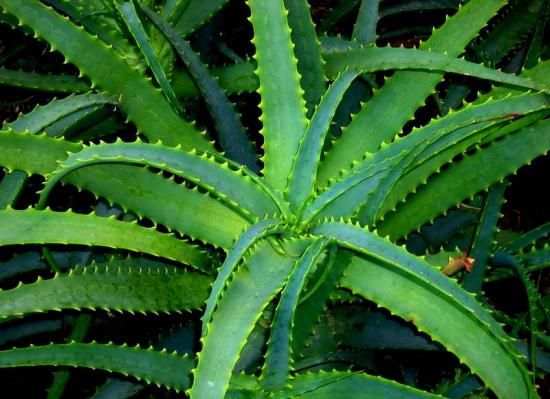
In folk medicine, aloe is also used internally. Aloe juice can be consumed for diseases of the gastrointestinal tract, including the liver. For inflammatory processes in the genitourinary system, aloe juice is also indicated. For colds, to increase immune defense, and during the recovery period after strokes, the use of aloe gives good results.
However, even such an almost universal medicinal plant as aloe has contraindications. First of all, preparations from this plant give a strong allergic reaction. Therefore, it cannot be used for allergies and individual intolerances. Aloe is also not prescribed for high blood pressure and acute heart failure. Oral aloe vera preparations are also not contraindicated for babies under one year of age. For home use, you can prepare aloe yourself.
Homemade aloe recipes
Video about using aloe juice at home:
For wound healing
Easiest application aloe for the treatment of wounds and burns is as follows:
- cut a leaf
- cut a piece of the desired size from it
- make a cut on one side
- unfold the sheet and apply the inside to the wound
- secure with a bandage
- when the sheet starts to dry out, it needs to be replaced
For the treatment of ulcers and gastritis
Before cutting an aloe leaf, the plant is not watered for several days. For home medicine you will need to take:
- aloe leaves 5-6 pcs. weighing about 300 g
- honey 300 g
- natural grape red wine 500 ml
Correct cooking:
- Place the cut leaves in the refrigerator for a couple of days
- Grind them in a meat grinder
- Combine the paste of leaves with honey
- Heat the mass over low heat to + 50 degrees
- Add wine
- Mix well, pour into a jar and place in a dark place for 7 days.
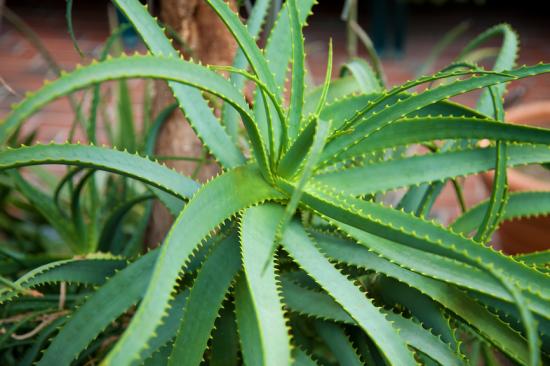
In the first week, take 1 teaspoon three times a day half an hour before meals. From 8 to 21 days, drink a tablespoon also three times a day. It is important to remember that before starting any treatment you must visit a doctor.

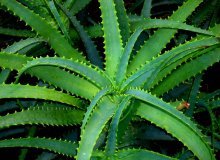
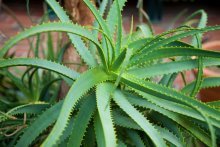
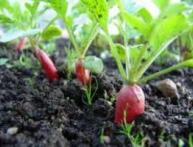
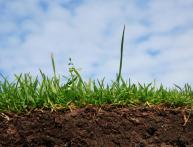


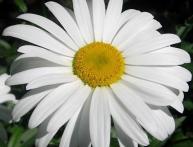
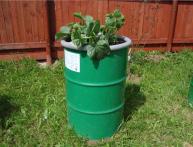


Comments
In addition to the listed diseases, aloe juice with honey can treat coughs. I have already tried it several times, indeed, this folk remedy helps a lot and the cough goes away.